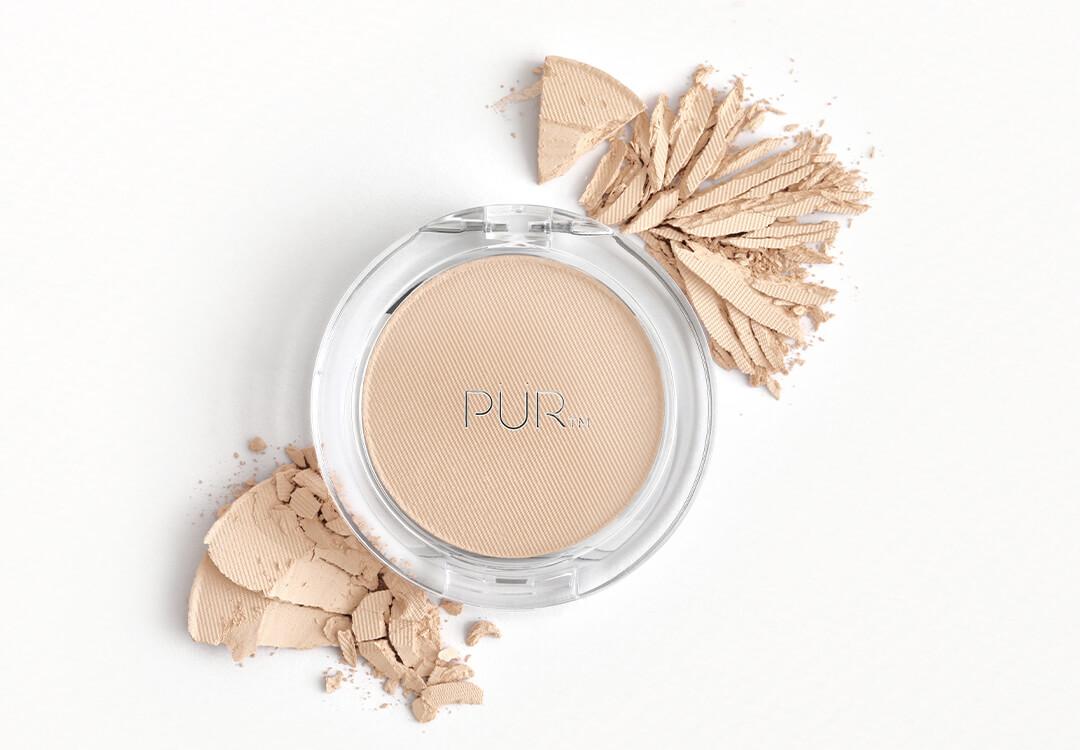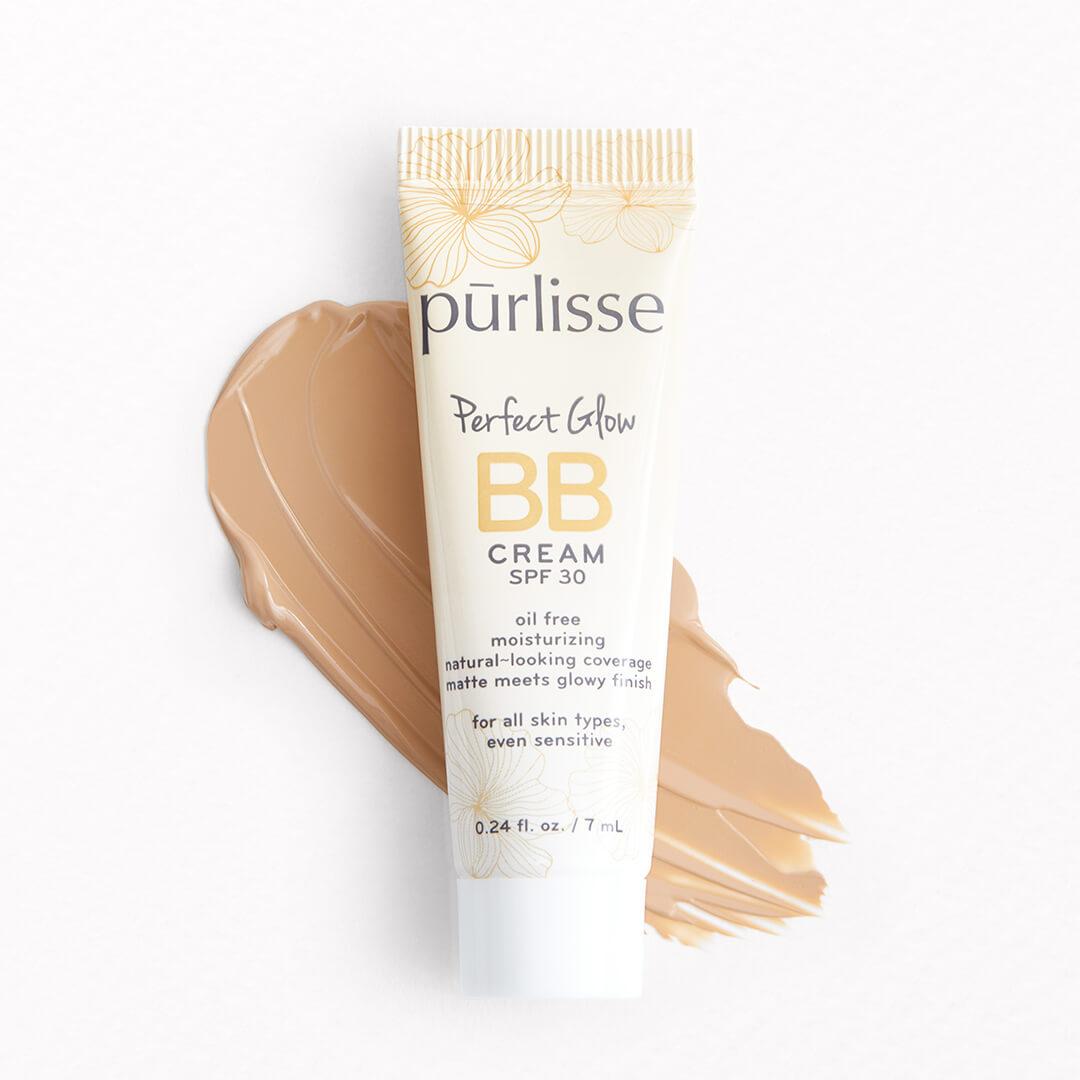Everything You Need to Know About Protecting Yourself With SPF



Elizabeth Denton


Even though you know you have to wear SPF because you don’t want to get a sunburn, you probably also know that SPF is much more than that. But it can get a little confusing. Do you have to wear sunscreen if it’s not sunny? (Yes.) Is a higher SPF better? (Eh, not always.) Help!
Don’t worry—we’ve got you covered. That way, you can enjoy your time in the sun without worrying about skin cancer or a painful burn. We enlisted dermatologist Zenovia Gabriel, MD, (she goes by Dr. Zenovia because she’s cool like that) to answer all our SPF-related questions just in time for summer. We’ll make it easy for you to protect yourself and find the right products to do so.
First, there’s one thing you should always remember. “SPF protection should be worn at all times, not just when you’re going to the beach,” says Dr. Zenovia. “It doesn’t matter if you’re just walking from your car to the grocery store, you need to be wearing sun protection to protect your skin. It prevents skin cancer and aging of the skin. Also, be sure to use sunscreen on all parts of exposed skin, like your hands, chest, and arms, not just your face.” Got it? Let’s get into it.


It's about glam time you treated yourself.
What is SPF?
Let’s start with what SPF (short for sun protection factor) is exactly. Basically, it’s a measure of how long a sunscreen will protect your skin from ultraviolet rays. “It relates to the amount of time it would take for your skin to redden and burn compared to not wearing sunscreen,” says Dr. Zenovia. SPF comes in numbers 15, 30, 50, and 100. In addition to the number, you want to look out for “broad-spectrum,” which will protect your skin from both UVB and UVA rays, “as it relates to the ingredients in the product that will help to protect from both types of rays,” says Dr. Zenovia.
You might be surprised to learn that sunblock isn’t the same thing as sunscreen. They both can help reduce your risk of skin cancer, but they protect your skin differently. “Sunblock is a physical sunscreen, often with zinc oxide and titanium dioxide, that physically protects the skin by sitting on top of it and reflecting the UV damaging rays, not allowing them to hit the skin or penetrate,” explains Dr. Zenovia. On the flip side, “chemical sunscreens work by allowing the UV rays to absorb into skin but changing them into non-damaging wavelengths of light and intensity, thus reducing the damage caused.”
What’s the difference between UVB and UVA rays?
Both types of ultraviolet rays (UVA and UVB) damage the skin but they do so differently. UVA rays are the ones that cause your quick tan or sunburn as well as premature aging in the skin (like wrinkles!) and some forms of skin cancer. “UVA rays have longer wavelengths, so they penetrate deeper,” says Dr. Zenovia. “They affect the deeper cells of the top layer of skin.”
UVB rays cause a delay in tanning, sunburn, and visible signs of sun damage (such as brown spots). Just like UVA rays, these can contribute to premature aging, but they’re more often linked to sunburn and skin cancer. “UVB rays have a shorter wavelength and cause damage to the cells on top of the skin,” notes Dr. Zenovia. This is why a broad spectrum SPF is so important. You want to protect your skin from both types of rays.
So, is a higher SPF better?
If you’re thinking, Great! Sign me up for broad spectrum SPF 1,000! Well, it surprisingly doesn’t work like that. Dr. Zenovia recommends everyone wear SPF 30 every single day. Why not a higher number? Well, let’s look at the protection. SPF 15 blocks 93 percent of UVB rays, and SPF 30 blocks 97 percent. After SPF 30, the increased amount of protection is extremely minimal. “Higher SPFs tend to give people a false sense of security to stay in the sun longer, and therefore they often avoid reapplication after several hours of exposure as directed,” says Dr. Zenovia. Rule of thumb: stick around SPF 30 or 50 and re-apply every two hours.
The best products with SPF to try now:


1. MURAD Essential-C Moisture Broad Spectrum SPF 30|PA+++
This broad-spectrum SPF 30 moisturizer makes it easy to remember to apply sunscreen every morning. It’s skincare and sun care in one. Plus, the addition of vitamin C helps brighten skin and fade the appearance of dark spots, while ginkgo biloba leaf extract protects skin from environmental aggressors, such as pollution. With a 4.5 star review, Ipsters call Murad’s Essential-C Moisture Broad Spectrum “lightweight” with “great moisture” for everyday use.


2. PÜR 4-in-1 Pressed Mineral Makeup Broad Spectrum SPF 15
If you have a sunscreen you love to wear, give it a boost with this smooth pressed powder. It’s a foundation, concealer, powder, and broad-spectrum SPF 15 in one. Moisturizing shea butter and vitamin E help smooth fine lines and give you that filtered skin look. Ipsters give it 4.5 stars and call it “smooth and pigmented,” “lightweight and not cakey.”


3. PURLISSE Perfect Glow BB Cream SPF 30
For a no-makeup makeup look, this SPF 30 BB cream covers imperfections, brightens skin with goji berry, and hydrates with jasmine. The oil-free formula is especially stellar for sensitive and acne-prone skin types. Ipsters give it 4 stars and call it “quite glowy” and said it “left the skin feeling very soft.”
There’s a lot to look for when choosing sunscreen products. There’s the SPF number, as well as UVB and UVA protection. Of course, there’s skin damaging and skin aging to worry about. But most importantly, you want to protect your skin from ultraviolet radiation, which can lead to sun spots and skin cancer. And make sure you’re reapplying. If you’re spending the day out in the sun, a one time application isn’t enough. You’ll want to reapply broad-spectrum protection every two hours or right after swimming or excessive sweating. Then, you don’t have to stress about your skin. Just enjoy that clutch vitamin D.
Want in on all the Glam Bag fun? Take the beauty quiz now to get started. And don’t forget to check us out on Instagram and Twitter @IPSY.
Liked this post? Share!
Related Stories


Skin
How to Adjust Your Skincare Routine for Mature Skin in the Winter
Published on Dec 4, 2025 • 7 min read


Skin
Meet the Best Moisturizers for Winter, According to Dermatologists
Published on Dec 1, 2025 • 9 min read


Skin
What Is Inflammaging—and Why Everyone’s Talking About It
Published on Dec 1, 2025 • 8 min read


Skin
6 Skincare Trends to Have on Your Radar in 2026, According to Experts
Published on Dec 1, 2025 • 7 min read


Skin
We Grabbed Our Crystal Ball and Found These 6 Skincare Predictions for 2025
Published on Dec 10, 2024 • 7 min read


Skin
Simple Self-Care Tips That Actually Make a Difference
Published on Nov 13, 2025 • 12 min read


Skin
These 9 Face Scrubs Will Unlock Soft and Smooth Skin on Contact
Published on Nov 5, 2025 • 10 min read


Skin
10 Thanksgiving Foods That Will Have Your Skin Coming Back for Seconds
Published on Oct 15, 2025 • 7 min read


Beauty Picked Just for You
Get 5 products worth up to $70
Plus exclusive access to epic deals up to 80% off
Starting at just $14/month. Cancel anytime.